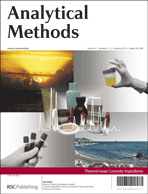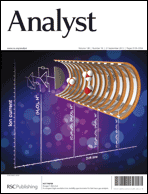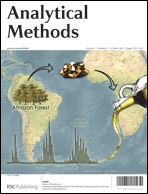The rapid and specific detection of pathogenic bacteria, such as staphylococci, is an important worldwide concern. Staphylococci cause serious infections in humans and animals and certain species such as S. aureus and methicillin resistant S. aureus (MRSA) are developing antibiotic resistance that is quickly becoming a global crisis. The ability to detect these bacteria rapidly and in situ would allow for early treatment even in countries with poor access to healthcare.

Immobilized phage proteins for specific detection of staphylococci
Canadian researchers from McGill University and Polytechnique Montreal have recently shown the use of immobilized bacteriophage proteins to develop a biosensor for the specific detection of 8 clinical isolates of staphylococci. Hicham Chibli and coworkers examined several purified phage proteins from the Endolysin class of enzymes and exploited their ability to specifically bind staphylococci. Indeed these immobilized phage proteins did not bind to other closely related bacteria.
Bacteriophages have been used as recognition elements for biosensors before, but this research shows the use of specific phage proteins instead of whole bacteriophages. “Compared with whole phages, these single proteins are smaller, easier to purify, and easier to assemble in a reproducible manner of a surface” – says Jay Nadeau of McGill University – “The small size is key for development of some types of biosensors where sensitivity is dependent upon thickness of the functionalizing layer, for example, microresonators” – he adds. The ability to develop microresonators with specific detection can provide small, portable and specific biosensors for in field use.
To know more about this study, please access the link below. This paper will be free to read for the next three weeks.
Immobilized phage proteins for specific detection of staphylococci
Hicham Chibli, Hala Ghali, Soonhyang Park, Yves-Alain Peter and Jay L. Nadeau
Analyst, 2014, 139, 179-186
DOI: 10.1039/C3AN01608K











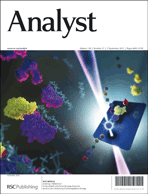
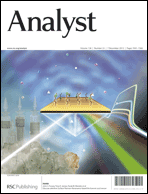
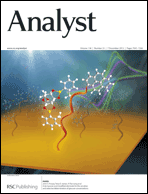
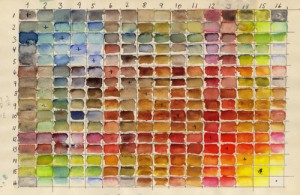
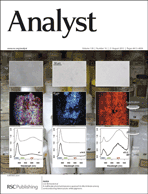
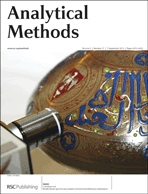

 Frank Vanhaecke
Frank Vanhaecke
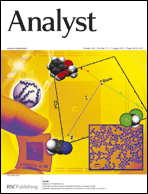 Reversible polymerization of novel monomers bearing furan and plant oil moieties: a double click exploitation of renewable resources
Reversible polymerization of novel monomers bearing furan and plant oil moieties: a double click exploitation of renewable resources